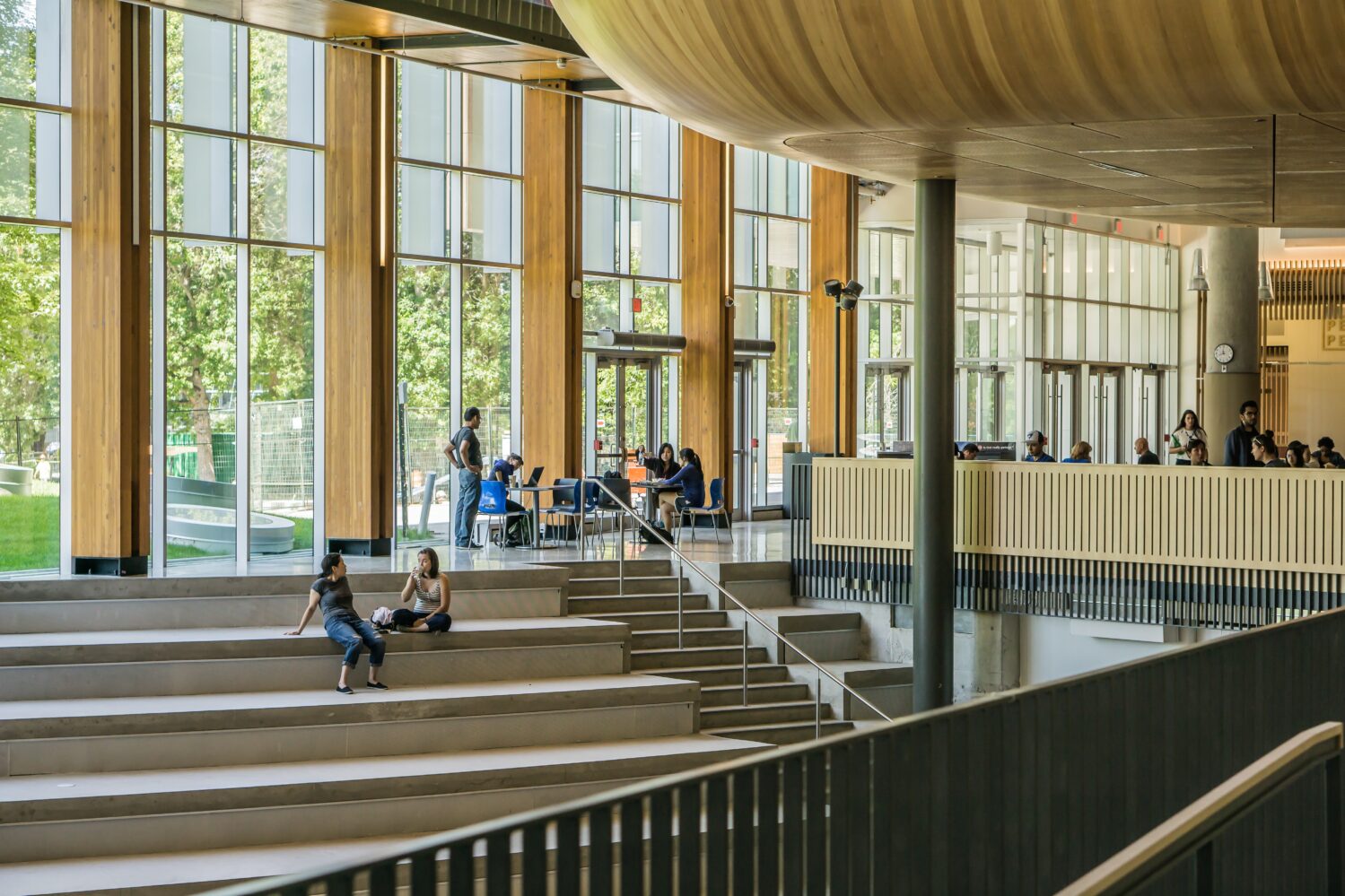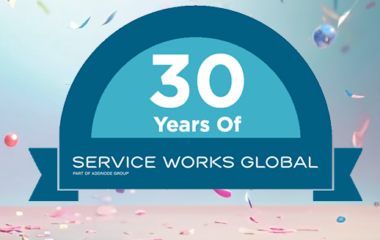This article by Service Works Global’s International General Manager, Samantha Fuller, also featured in the October 2022 edition of Facility Perspectives.
In recent years, there has been an increasing frequency of extreme weather events around the world. Unprecedented heatwaves reaching the UK this summer, flash floods decimating parts of Central Europe in July of 2021, and some of the most devastating bushfires that Australia has endured in 2020 – these high-profile events are fuelling a heightened urgency to achieve carbon neutrality.
While the pandemic period has seen a broad uplift in concern about addressing environmental issues, those in the Generation Z demographic, including students, appear to be the most willing to make a difference. Indeed, a consumer attitude survey conducted in the United States shows that three-quarters of Gen Zs prefer to buy sustainably, rather than to go for brand names – the highest proportion of any age demographic.
This mindset is translating into the educational sphere, too. According to another study, two-thirds of students want to learn more about sustainability, meaning that a university’s green credentials have an undeniable impact on its marketability. And as the higher education market grows ever more competitive, the pressure on educational institutions to become more sustainably conscious is increasing. Indeed, those that implement sustainability strategies effectively could stand to gain a significant competitive advantage in attracting prospective students.
Without question, higher education establishments have an important role to play as engines of environmental and societal progress, by both educating and leading by example. Fortunately, many are already adhering to the 17 United Nations’ Sustainable Development Goals to help them embed social, environmental, and economic practices into their operations and their teachings as a strategic priority. Additionally, some universities have started offering carbon literacy training courses in order to teach students and staff ways to live and work more sustainably – Nottingham Trent University in the UK stands as a prime example.
Knowledge is (Sustainable) Power
The key to managing a sustainable higher education estate is information. By leveraging software such as, computerised maintenance management systems (CMMSs), university and college institutions can streamline the management of asset, building and maintenance activities to not only optimise the efficiency of facilities management (FM) services and deliver a rapid return on investment, but to also inform decisions leading to environmental enhancements across their sites.
In short, CMMS tools are designed to deliver essential insight and critical performance information across an entire building, estate or portfolio. Crucially, they carry extensive reporting capabilities able to turn complex data into actionable insights to support key decision-making, with decision-makers able to view that information remotely via mobile applications.
Australian Universities and Schools Step up Their Sustainable Credentials
In Australia, we have helped multiple education institutions to impart positive sustainable change through the use of CMMS tools.
Take Curtin University, for example. Ranked in the top 1% of universities worldwide, Curtin supports 55,000 students at campuses in Australia, Dubai, Singapore, Mauritius and Malaysia. It was awarded Australia’s first 5-star Green Star-Communities rating from the Green Building Council of Australia (GBCA), and given a sixth star in 2020. Perth is home to Curtin’s largest campus. Here, the university is seeking to transform the estate into a ‘City of Innovation’, with the first stage covering student accommodation, shops, a boutique hotel, commercial and residential space for lease, and public areas.
To support this, the site’s FM team required new CMMS software that could meet its current needs and scale alongside its ambitious growth plans. Currently, Curtin averages more than 25,000 reactive jobs raised per year. Given its ambitious growth plans, routing all requests through the help desk to then manually allocate and track each job was not a viable option. Here, our QFM solution provided an integrated, mobile-enabled facilities and asset management system to streamline and automate end-to-end business processes for the operations and maintenance portfolio at Perth.
Maintenance workflows have been automated for reactive and planned jobs, with in-built prioritisation escalations helping to ensure the most urgent works are completed first. Operational efficiencies and enhanced resource utilisation are helping Curtin to operate with a more effective and sustainable maintenance regime, which minimises wastage and ensures the estate is well-maintained.
Well-maintained assets use less energy, and Curtin has also been able to remove paper from its processes thanks to going digital; its QFM app contains 60 digital maintenance forms, which FM staff use to manage jobs.
In Queensland, we have also been supporting another client in their new project to deliver 10 new schools in the state. Built between 2013 and 2018, the schools leverage our QFM solution which allows for an over-arching view of all FM actions. Jobs are tagged with red, amber or green to clearly show impending deadlines, meaning the most urgent work can be prioritised to ensure optimum learning environments are maintained for the 10,000 students and teachers across the schools. As with Curtin, CMMS software is enabling a more efficient, paper-free and sustainable way of managing the estates.
Part of the Bigger Picture
Collectively, colleges, universities and schools account for a not insignificant proportion of the built environment. Globally, the built environment is widely accepted to contribute around 40% of carbon emissions; and by 2050, emissions from buildings could double if remedial action is not forthcoming to decarbonise the world’s building stock. Indeed, buildings alone account for around a third of total worldwide energy consumption.
Educational facilities, as with buildings serving other sectors of the economy and society, have their role to play in transitioning to a cleaner and more sustainable future. As a result, universities and other institutions must prioritise decarbonising their building assets and operations. This can only be achieved through access to accurate information and insights that detail how their estates operate. Key to this is ensuring FM software is truly flexible and can deliver measurable return on investment.
 Australia
Australia





